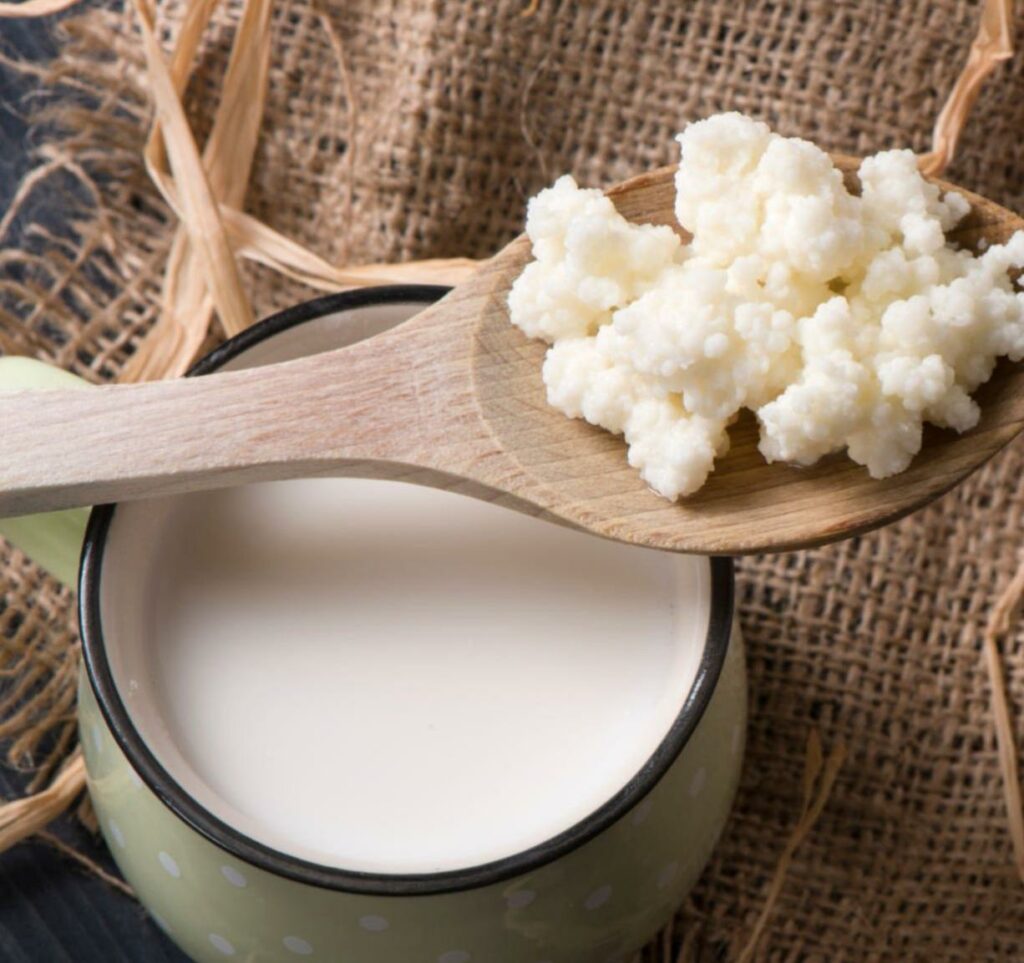World’s Oldest Kefir Cheese – A Taste of 3,600-Year-Old History
In a remarkable discovery that takes us back thousands of years, scientists have unearthed the world’s oldest kefir cheese, discovered alongside mummies in the Tarim Basin, an arid desert region in northwestern China. Preserved around 3,600 years old, this recent discovery offers a rare glimpse into the culinary practices of ancient civilizations and the role food plays in their daily lives. We added a simple recipe for making kefir at home.

Always love trying my grandmother’s recipes and she likes to mention her own grandmother when cooking an old recipe for us. But how old is old? How many generations of granddaughters and grandsons preserved their favourite recipes from their grandparents since the Bronze Age? If we consider a generation to be the time between parents birth and their child being born, we are looking at over 140 generations in the last 3600 years.
A team of researchers has identified the world’s oldest known cheese, dating back approximately 3,600 years, found alongside mummified remains in the Xiaohe cemetery of Xinjiang, China. The cheese, which was remarkably well-preserved due to the region’s arid desert conditions, has been confirmed as kefir cheese—a fermented dairy product made using kefir grains.
In a study on the discovery, researchers analysed proteins and DNA from the ancient cheese and concluded that it was produced from ruminant milk and contained lactic acid bacteria and yeast, key ingredients in the production of kefir. The study explains, “Due to the presence and abundance of proteins from ruminant milk, lactic acid bacteria and yeast in the samples, these dairy remains have been identified as kefir cheese.”
This kefir cheese was created through fermentation, where milk is processed using kefir grains, which are composed of a mixture of fermentative microbes like lactobacilli and yeasts.

The 3,600-year-old cheese offers insights into the dietary practices of the Bronze Age Xiaohe population, who had a mixed lifestyle that included farming, dairy production, and hunting. The study further suggests that, despite the limited genetic interaction between Xiaohe individuals and other populations, mitochondrial DNA reveals maternal connections with East and West Eurasian groups.
This discovery sheds light on the advanced food preservation and dairy production techniques of ancient civilizations and offers a glimpse into how early populations co-evolved with fermented bacteria to integrate dairy into their diet.
How to Make Kefir at Home
A fermented milk drink that’s rich in probiotics, kefir is incredibly easy to make at home, with just two ingredients. All you need are kefir grains and milk. Here’s how you can make it in your own kitchen:
Ingredients: 1–2 tablespoons of kefir grains (available at health stores or online) and 2 cups (500 mL) of milk (any type: cow, goat, or even plant-based, though dairy is traditional)
Instructions: 1. Prepare the Jar: Place the kefir grains into a clean glass jar. 2. Add Milk: Pour the milk into the jar, leaving about an inch of space at the top to allow for expansion during fermentation.

3. Cover the Jar: Cover the jar with a breathable cloth or paper towel and secure it with a rubber band or lid that isn’t airtight (to allow gas to escape during fermentation). 4. Ferment: Leave the jar at room temperature (65–75°F or 18–24°C) for 12–48 hours. The fermentation time depends on the temperature and how tangy you like your kefir. Stir or swirl the jar occasionally.
5. Check the Consistency: After 12 hours, check the kefir. It should thicken slightly and have a tangy flavor. The longer it ferments, the stronger the taste will become. The milk will appear more yogurt-like when it’s ready.

6. Strain the Kefir: Once fermented to your liking, pour the kefir through a non-metal strainer into a bowl or jug to separate the grains from the liquid. 7. Store & Enjoy: Store the kefir in the fridge, and it’s ready to drink! You can sweeten it with honey, fruit, or use it in smoothies. 8. Reuse the Grains: The kefir grains can be reused indefinitely. After straining, put them back in a jar with fresh milk to start the process again.
Use glass, plastic, or wooden utensils. Metal can sometimes damage kefir grains. If your kefir becomes too thick or separates into curds and whey, don’t worry! It’s still safe to drink—just stir it or strain it. Now, you can enjoy your homemade kefir, rich in probiotics and nutrients!
Do you want to share your story and inspire our readers ? Know that YOUR EXPERTISE is paving the way for a fairer, happier society.





